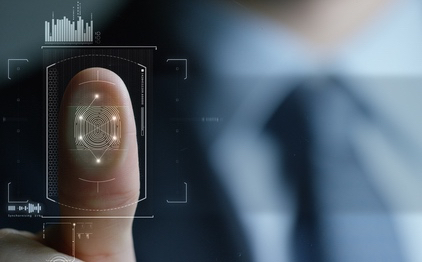With the introduction of biometric authentication on smartphones, fingerprint scanners and biometric technology is the new buzz word. But how does a fingerprint scanning solution work and why has the technology been so easily accepted by the everyday consumer?
Why the fingerprint?
It is after all, a unique individual identifier right at your fingertips. The peaks and ridges on fingers are developed through predetermined DNA structure and through the individual’s environment and vary from one person to another.
How does a fingerprint scanner work?
Common fingerprint scanners are cameras that capture the light bouncing off the ridges and valleys of the fingerprint. The image is converted through an algorithm into a mathematical pattern. The stored data in this case is a pattern which allows for secure verification of an individual without exposing the individual as a ‘person’ perse. They are a number pattern in a database of other number patterns.
How does the fingerprint scanning solution work?
Up until this point a unique identity has been determined, converted to a pattern and stored in a database. What can now be configured is a series of rules that determine how the individual will fit into the business process. For example, does the individual have access to a certain location? If yes, once the person is identified at said door by a match of the pattern on the database – a code is sent to trigger the building management system to unlock the door. This in its most basic form is access control and can protect people and assets entering your enterprise using biometrics.
What if this individual pattern was allowed access to secure assets such as chemicals or equipment?
The value of a fingerprint scanning solution sits in the integration between the software and the hardware working together to retrieve the unique pattern and the rules associated to that pattern. Once recognised, the possibilities are limitless! For example, a hard drive used to secure intellectual property that should only be accessed to authorised personnel working on that project.
So it would be sensible given the above that the private sector investigate how they too can address their own risks, provide convenience and efficiency to not just their employees but to their customers as well!
Follow our blog or contact us today to discuss.

